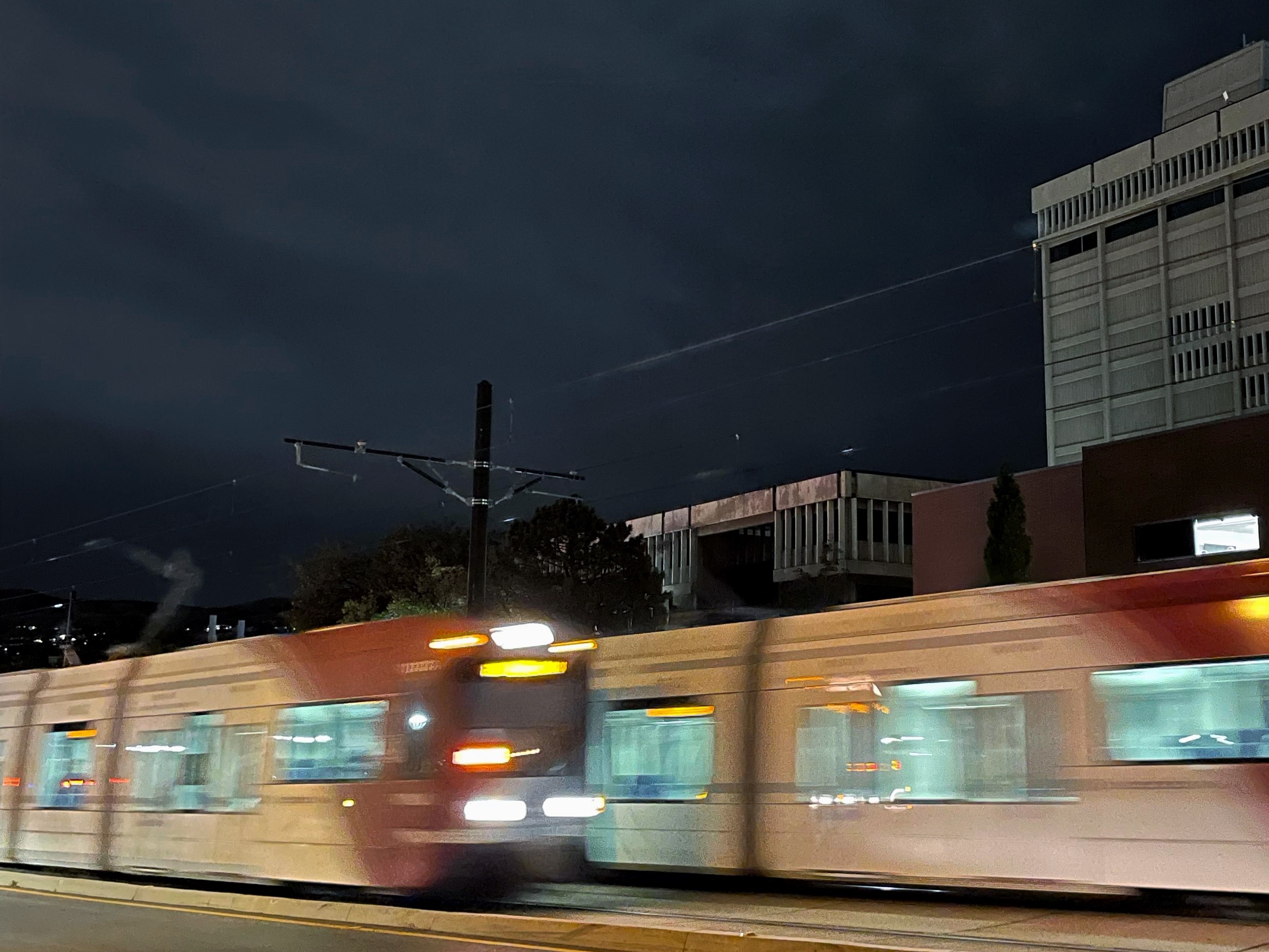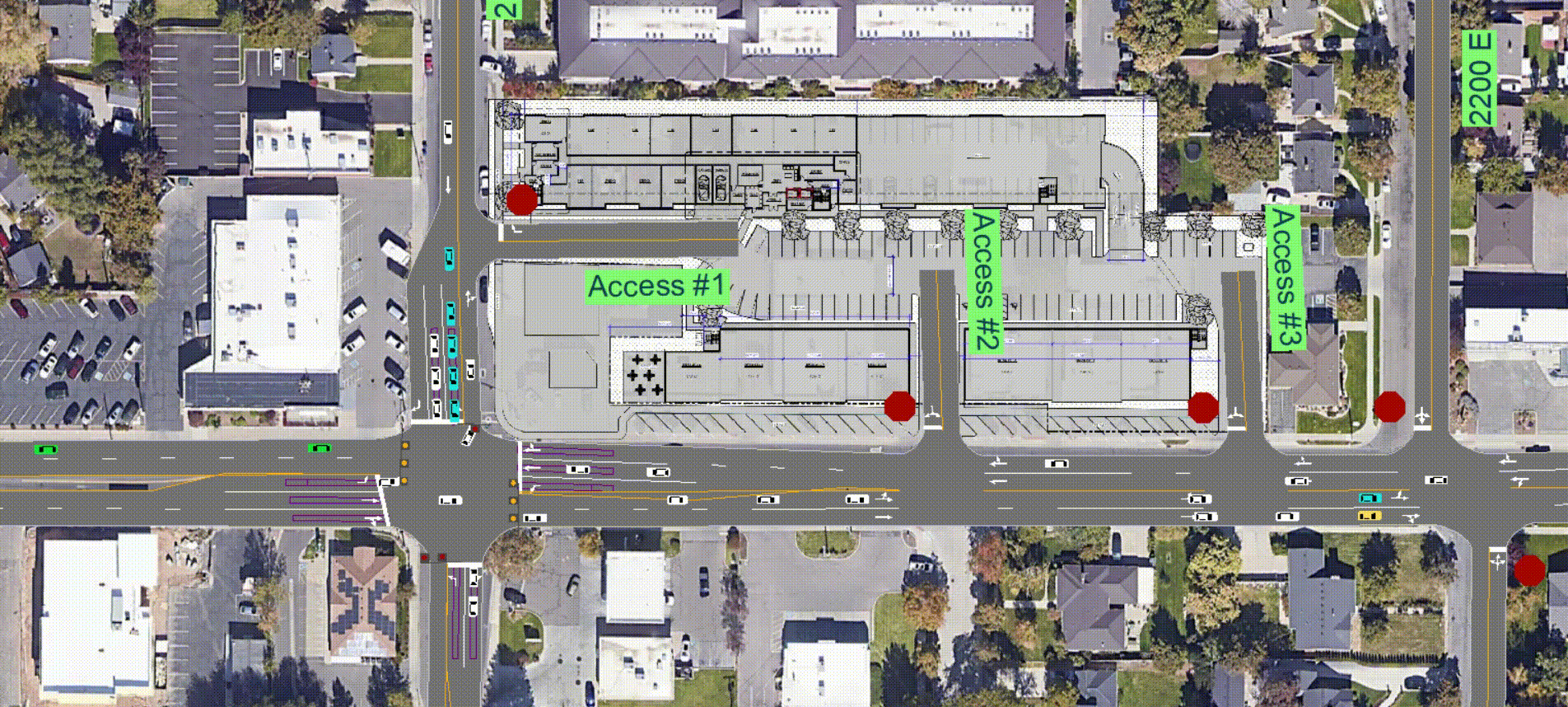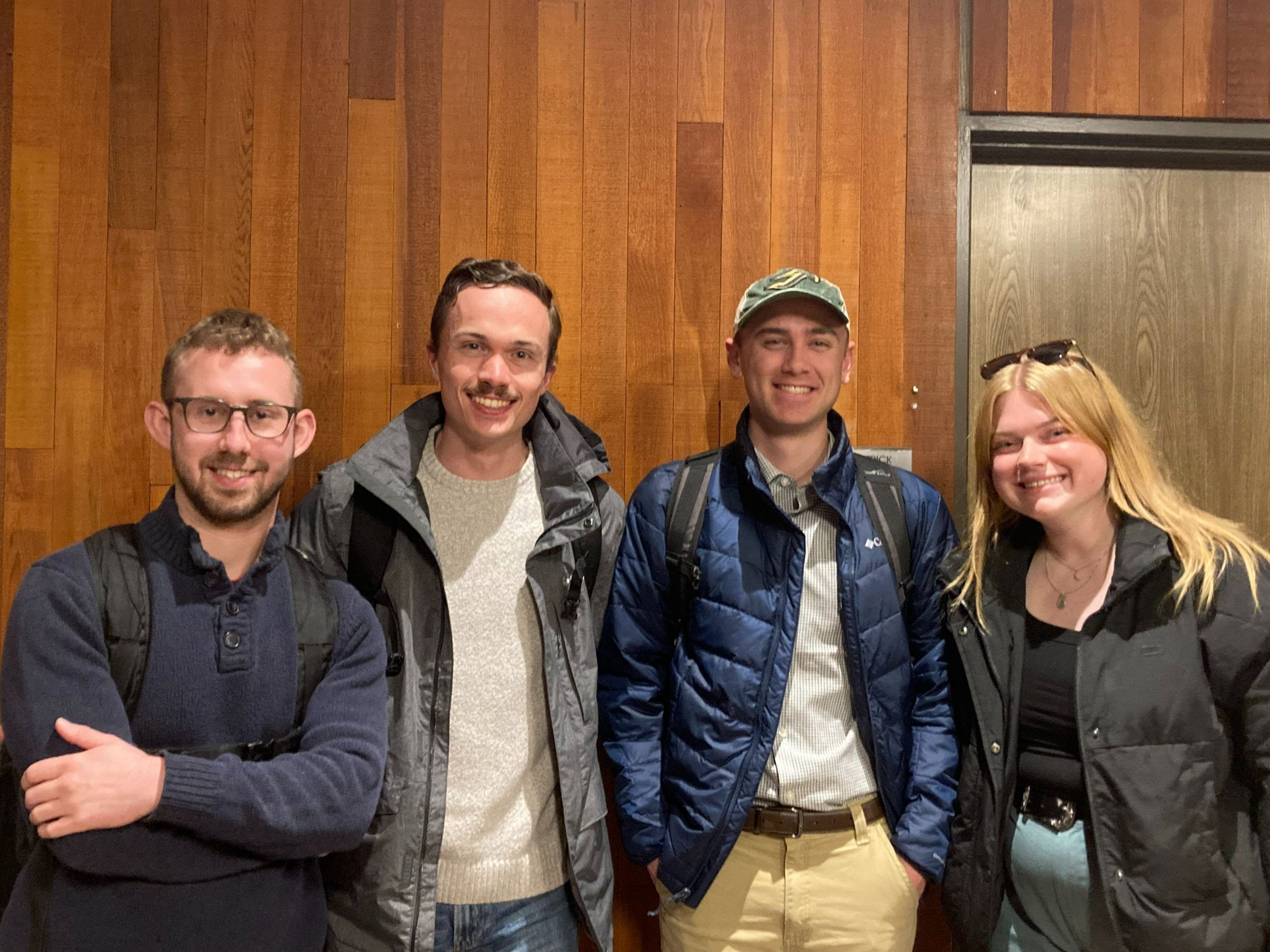Reflecting on my first year of graduate school
With my second – and final – year of graduate school quickly approaching, I wanted to reflect on what I learned during my first year. Deciding to pursue a master’s degree in city planning was a Big Decision (especially when you’re moving across the country), but the last year has shown me that it was the right decision. That being said, I’m not sure the degree would be worth it without the financial support I’m receiving through fellowships and assistantships. So far, its primary value has come from being able to explore personal interests and technical skills, rather than the lecture content or group projects (with some exceptions).
(I thought more about this, and a graduate program is especially helpful when you’re learning about an entirely new region. The Intermountain West is a completely different environment than the Mid-Atlantic – not just in the urban form, but in perspectives on water, nature, conservation, etc. and attitudes toward growth and planning.)
For a little context, I’m studying in the Master of City & Metropolitan Planning (MCMP) program at the University of Utah in Salt Lake City. It’s a two-year professional program with a capstone project, and I’m focusing on transportation planning and spatial data analysis.
(Note: My comment about value is more a statement about the cost of education in general. It’s hard for me to argue that a graduate degree in planning is worth roughly $120,000 in tuition and living expenses if you’re paying fully out of pocket.)
Fall 2022
After working full-time for almost three years, returning to school was a major adjustment – especially when moving somewhere new is involved. It’s so energizing to study something you’re passionate about, but it took time to create structure in my schedule and get used to so much reading and writing. It was interesting to see the difference between those who just graduated and those who had worked for a few years – both in their approach to school and in group work where project management and leadership skills were sometimes lacking.
CMP 6010 Community & Regional Analysis
This course focused on advanced methods for projecting population and job growth and it was very helpful to become familiar with American Community Survey (ACS) data and gain more experience in Excel, especially when it came to pivot tables and dashboards. We had to create an interactive dashboard for our semester project, and I was able to sync the slicers across multiple tables and charts using Power Pivot’s data model functionality. However, Power Pivot is a Windows-only feature, so I ended up recreating the dashboard so that it would work on any operating system, which was a fun challenge.

CMP 6430 Community Engagement in Planning
Engagement is admittedly one of my blind spots and this course forced me to think about the purpose and value of community engagement and how to best approach it as a planner. The course was project-based, like several in the program, and we partnered with Salt Lake City and local advocacy groups to gather feedback for the city’s five-year housing plan and design “interventions” based on what we learned. While the course’s structure and execution left something to be desired, I was pleased with what my classmate Justin Delgado and I created: an aging in place guide based on a focus group we conducted with local seniors.
CMP 6610 Urban Ecology
We talked about a range of fascinating topics, from green infrastructure to water to urban biodiversity, but my favorite discussion was about complex adaptive systems. The adaptive cycle alternates through stages of exploitation, conservation, release, and reorganization as potential, connectedness, and resilience vary (see Holling, 2001). Nested adaptive cycles form a structure that creates space for innovation and learning while maintaining continuity. There’s so much that we can learn from ecological systems as we try to build resiliency within our cities. Other course highlights included a mini research project with Justin on the influence of parking lot shading on surface and air temperatures, as well as a tour of Arch Nexus’ headquarters – one of the first living buildings in the United States.
CMP 6710 Introduction to Transportation Planning
I came into graduate school fairly certain that I wanted to focus on transportation planning, and being able to geek out about parking, the connection between transportation and land use, and long-range regional planning reaffirmed this interest. The highlight of this course was learning from Ted Knowlton, who works as deputy director of the Wasatch Front Regional Council. Ted’s firsthand experience was invaluable as I learned about the nuances of planning in Salt Lake City and Utah more broadly. Further, the assignments pushed me to think critically about parking, roadway design, citywide planning, and regional transit.

Spring 2023
After figuring out how to be a student again (and how to navigate group projects), my second semester allowed me to explore my interests in greater depth. I was honored to be awarded the Robert Farrington Medal for Academic Excellence in Urban Planning at the department’s year-end celebration.
CMP 6160 Plan Making
Our class worked with the Salt Lake City Planning Division and the Liberty Wells Community Council to create a plan for Liberty Wells based on the concept of a 20-minute neighborhood. My group focused on neighborhood amenities such as grocery stores, schools, or community centers and I also took responsibility for coordinating and editing the final plan. I found our last lecture on plan assessment to be particularly interesting, given my background in monitoring, evaluation, and learning. I personally think evaluation is lacking in planning, but I didn’t fully appreciate how difficult it can be. If you want to evaluate outcomes, do you compare them to the intended outcomes or the outcomes if no plan were in place? To what degree did the plan actually factor in those outcomes?
CMP 6280 Campus as a Living Lab
This iteration of SUST 6000 Global Changes and Society brought together planning and non-planning students to explore how campuses can serve as living laboratories for sustainability research and innovation. We heard from staff around campus about how their work relates to sustainability, which inspired my group to focus our project on connecting students with sustainability resources while highlighting ongoing work. I got to flex my creative muscles as we created a campus sustainability guide with an interactive flowchart, several pages of resources, and profiles of staff.
CMP 6455 Spatial Data Analytics
I came into this course with a decent conceptual understanding of spatial data, but relatively limited technical experience. I left knowing how to perform advanced spatial analysis in R and QGIS and used some of the techniques to analyze bus transit suitability in Salt Lake County for my semester project, which I described in a previous post. More importantly, I realized that I’m fascinated by data and spatial analysis, love using R, and want to apply those skills to transportation planning – which is what I’m trying to do in my blog.
CMP 6960 Transportation Analysis Methods
Modeling is an interest of mine, and this course was an excellent introduction to travel modeling at both street level and across a metropolitan region. Led by Dr. Reid Ewing, whose research focuses on travel demand and the built environment, the course featured hands-on instruction in Synchro and Cube by Josh Gibbons and Mike Brown. During the first half of the semester, we used Synchro to perform a traffic impact study for a mixed-use development at 2100 S and 2100 E in Salt Lake City. During the second half, we used the regional travel model for Dixie MPO, which is the planning body for the St. George metropolitan area, to look at the impacts of increasing bus service and modifying two I-15 frontage roads. I still believe travel modeling is valuable, especially at the regional level, but I’m more skeptical about the process itself after seeing how it works behind-the-scenes.

Extracurriculars
Even though I’ve been interested in transportation planning for years, this is still a significant career change for me, and I want to make the most of being a student again – especially since the U is investing so much in me.
Global Change & Sustainability Center
I was very fortunate to be awarded a graduate fellowship through the Global Change & Sustainability Center (GCSC), which is an interdisciplinary research center focused on sustainability. The fellowship program supports a small cohort of first-year graduate students from across campus who participate in a seminar course around the GCSC seminar series, an interdisciplinary project-based course, and individual research. I feel very strongly about both living and planning in a sustainable manner and the fellowship helped me explore what this meant outside of my own discipline.
Bikeconomy
I spent most of the year working as a graduate research assistant with Dr. Andy Hong on a UDOT-funded project on the statewide impact of recreational bicycling. We’re looking specifically at economic and health benefits, which involves estimating annual cycling activity by residents and tourists and then modeling the impacts. It’s fascinating to see how research like this comes together, especially how to work around gaps in the data, and it’s been a great opportunity to grow my skills in R.
Lectures, Conferences, and Networking
Just a few weeks after moving to Salt Lake City, I was able to attend the APA Utah Fall Conference, which was a great introduction to planning along the Wasatch Front. Utah faces different challenges than the National Capitol Region, and it was interesting to hear varying perspectives on planning for growth and integrating land use and water use planning. During the school year, I attended several talks and panels hosted by Point B, the planning student group, including an insightful lecture by Salt Lake City transportation engineer Lynn Jacobs on the relationship between planning and engineering.
One of the benefits of being a college student is participating in events outside of your discipline, and I thoroughly enjoyed attending lectures hosted by the Wallace Stegner Center for Land, Resources, & the Environment at the College of Law. The lectures focused on water use, water law, and public land – all of which are topics that interest me on a personal level.
Finally, becoming more and more involved within the local planning community has been very energizing. I joined the Association of Pedestrian & Bicycle Professionals, and our local chapter is very active and full of smart, supportive people who are committed to improving bicycling in Salt Lake City. In the coming year, I’ll be working with Sweet Streets SLC for my capstone project, which will be an analysis of the accessibility and comfort of Salt Lake City’s bicycle network.
